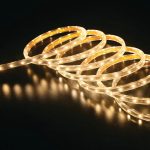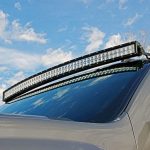LED Light Bulbs: A Comprehensive Guide on How to Safely and Efficiently Dispose Them
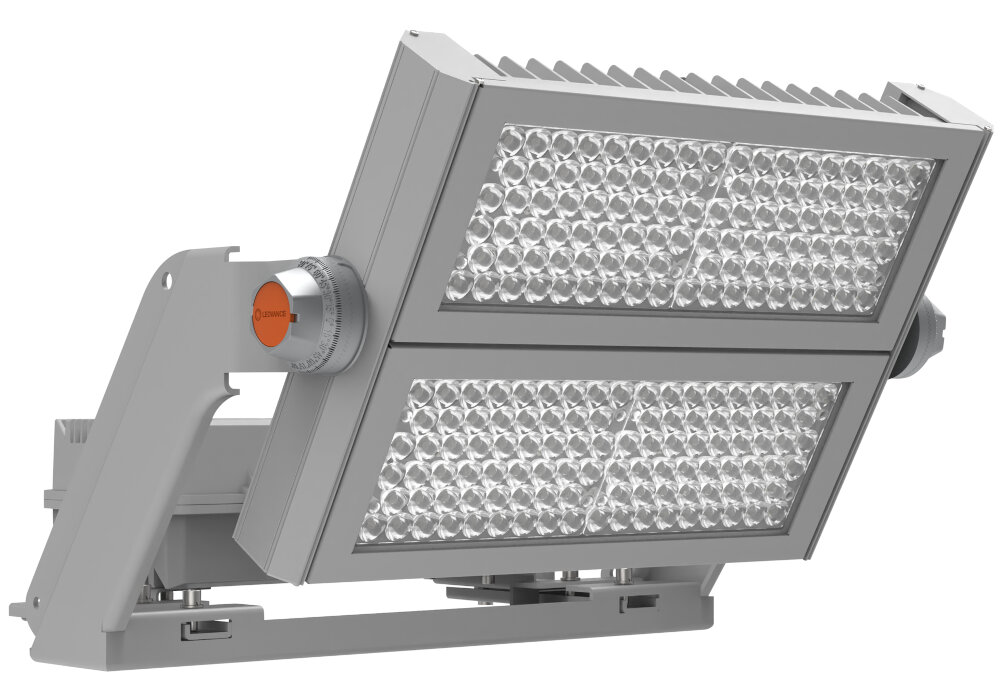
Light emitting diode (LED) bulbs have become increasingly popular as an energy-efficient lighting option. These bulbs use less energy, last longer, and produce less heat than traditional incandescent and fluorescent bulbs. However, as with any electronic device, LED bulbs must be disposed of properly to avoid environmental contamination and potential health hazards. This comprehensive guide will provide you with all the information you need to safely and efficiently dispose of LED light bulbs. It is important to understand that LED bulbs contain small amounts of hazardous materials such as lead, arsenic, and mercury, which can be harmful to the environment and human health if not disposed of correctly. Additionally, LED bulbs should not be disposed of in regular trash cans as they pose a risk of breaking and releasing hazardous materials. This guide will provide you with the knowledge and resources necessary to dispose of LED bulbs in a safe and environmentally friendly manner. So whether you’re a homeowner, business owner, or simply someone looking to do their part in protecting the environment, read on to learn how to properly dispose of LED light bulbs.
LED light bulbs are a type of lighting that uses light-emitting diodes (LEDs) to produce light. Unlike traditional incandescent light bulbs, LED bulbs do not rely on a filament to produce light. Instead, they use a semiconductor material that emits light when an electric current is passed through it. LED bulbs are highly energy-efficient and long-lasting, making them an excellent choice for environmentally conscious consumers. They also come in a variety of colors and designs, from warm white to cool daylight, and can be used in a wide range of applications, including residential, commercial, and industrial settings. However, it is important to dispose of LED bulbs properly to prevent environmental harm and ensure safe handling of potentially hazardous materials.
The proper disposal of LED light bulbs is crucial to prevent environmental harm and ensure public safety. LED light bulbs contain various hazardous materials such as lead, arsenic, and mercury, which can pose a significant risk to human health and the environment if not disposed of properly. Additionally, improperly disposed of LED bulbs may end up in landfills, where toxic chemicals can leach into the soil and groundwater, polluting the surrounding environment. Therefore, it is essential to follow appropriate disposal methods and recycle LED bulbs to reduce their impact on the environment and safeguard public health.
Understanding LED Light Bulbs
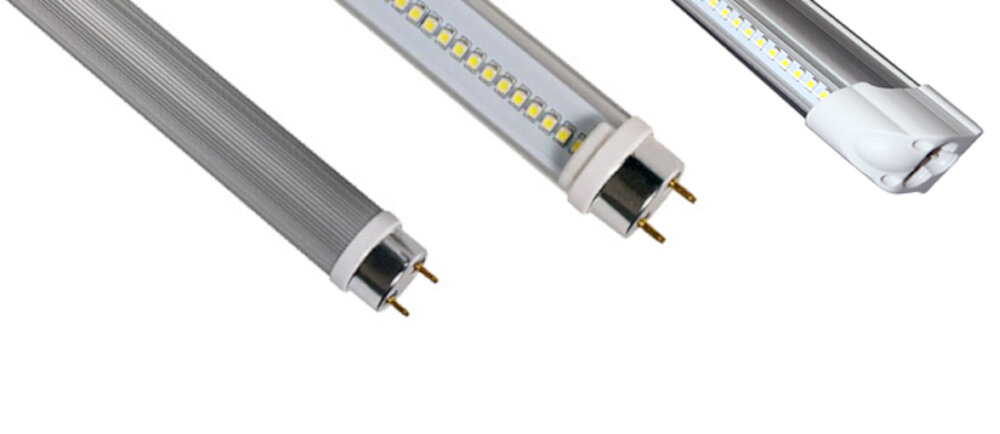
LED light bulbs are becoming increasingly popular as they are more efficient, durable, and environmentally friendly than traditional incandescent bulbs. LED stands for Light Emitting Diode, which is a semiconductor device that emits light when an electric current passes through it. LED bulbs use less energy to produce the same amount of light as incandescent bulbs, which means they can save you money on your energy bills. They are also more durable than traditional bulbs as they are made from solid materials and have no fragile components. This means they are less likely to break and need replacing, which is not only more convenient but also reduces waste. Furthermore, LED bulbs contain no harmful chemicals, making them safer for both the environment and your health. Understanding the different types of LED light bulbs can help you choose the right bulb for your needs. There are several factors to consider when choosing an LED bulb, including color temperature, brightness, and beam angle. Color temperature is measured in Kelvins and refers to the color of the light emitted by the bulb. For example, a warm white bulb has a color temperature of around 2700K, whereas a cool white bulb has a color temperature of around 5000K. Brightness is measured in lumens and refers to the amount of light emitted by the bulb. The higher the lumens, the brighter the bulb. Beam angle refers to the spread of light emitted by the bulb. A narrow beam angle is suitable for task lighting, whereas a wide beam angle is more suitable for ambient lighting. By understanding these factors, you can choose an LED bulb that is both energy-efficient and meets your lighting needs.
LED light bulbs work by using a semiconductor to convert electricity into light. They contain a diode, which is made of a material that emits light when an electrical current is passed through it. The diode is surrounded by a plastic lens that directs the light in a specific direction. Unlike traditional incandescent bulbs, LED bulbs do not rely on a filament that can burn out, making them much more durable and long-lasting. They also use less energy than traditional bulbs, making them more energy-efficient and environmentally friendly. However, it is important to dispose of them properly, as they contain hazardous materials such as lead and mercury, which can be harmful to the environment if not disposed of correctly.
LED light bulbs are highly energy-efficient, eco-friendly, and long-lasting. There are several types of LED light bulbs available in the market, each with its unique features and benefits. The most common types of LED light bulbs include A-shaped bulbs, reflector bulbs, decorative bulbs, and tube bulbs. A-shaped bulbs are the standard bulbs used in most household fixtures and come with a wide range of brightness levels and color temperatures. Reflector bulbs, on the other hand, are commonly used in recessed lighting, track lighting, and outdoor floodlights. Decorative bulbs are designed to add a touch of elegance to your home decor and are available in different shapes and sizes. Finally, tube bulbs are commonly used in commercial buildings and are designed to provide bright and energy-efficient lighting for long hours. It is essential to dispose of LED light bulbs safely and efficiently to prevent environmental pollution and health hazards.
LED light bulbs have several advantages over traditional incandescent or fluorescent bulbs. Firstly, they are highly energy efficient, consuming up to 80% less energy than incandescent bulbs, thus reducing electricity bills and environmental impact. Secondly, they have a longer lifespan, lasting up to 25 times longer than traditional bulbs, reducing the need for frequent replacements. Thirdly, they emit less heat, making them safer to handle and reducing the load on air conditioning systems. Fourthly, they are more durable and resistant to damage from shocks and vibrations. Lastly, they are available in a variety of colors and can be easily dimmed, providing greater flexibility in lighting design. Overall, LED light bulbs offer significant advantages over traditional bulbs and are a wise choice for those looking to reduce their carbon footprint and save money on electricity bills.
Why Proper Disposal is Important
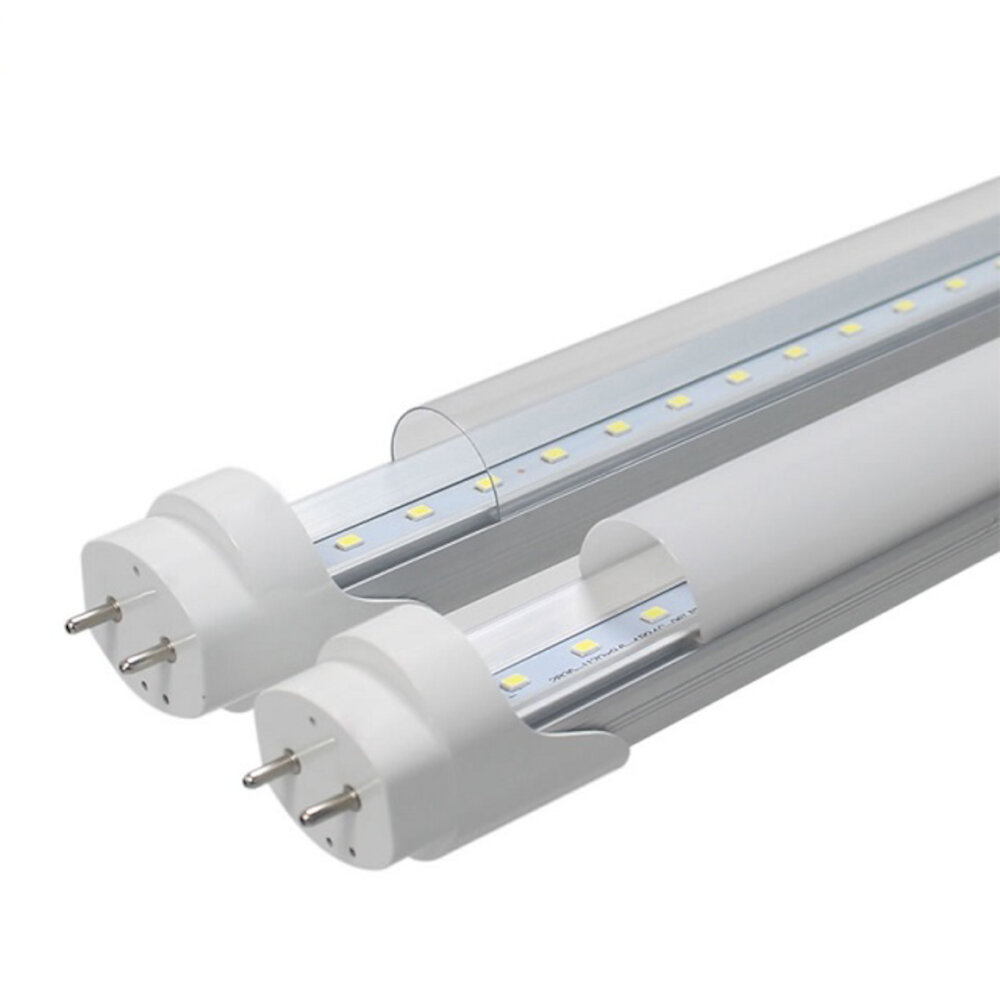
Proper disposal of LED light bulbs is crucial for various reasons. Firstly, these bulbs contain hazardous materials, such as mercury, which can pose a significant risk to the environment and human health if not disposed of correctly. Mercury is a toxic substance that can cause severe respiratory and neurological problems if inhaled or ingested. Proper disposal of LED light bulbs prevents the release of mercury into the environment, reducing the risk of contamination of soil and water sources. Additionally, the improper disposal of LED light bulbs can lead to the release of other toxic substances, including lead, cadmium, and arsenic, which can accumulate in the environment and cause long-term damage to human health and the ecosystem. Secondly, proper disposal of LED light bulbs is essential for recycling and conserving natural resources. LED bulbs contain valuable materials, such as aluminum, glass, and plastic, which can be recycled and reused to create new products. Proper disposal of these bulbs ensures that these materials are not wasted and are instead used to create new products, reducing the need for virgin materials and conserving natural resources. Recycling LED bulbs also reduces the amount of waste sent to landfills, which can help reduce greenhouse gas emissions and environmental pollution. Thus, proper disposal of LED light bulbs is crucial for protecting the environment, human health, and conserving natural resources.
Improper disposal of LED light bulbs can have severe environmental impacts. These bulbs contain hazardous materials such as lead, mercury, and arsenic, which can contaminate soil and waterways if not disposed of correctly. The release of these toxic substances can harm aquatic life and pollute the air we breathe. Additionally, improperly disposed LED bulbs can also contribute to electronic waste, which creates a significant burden on our landfills and requires energy-intensive methods of disposal. Therefore, it is crucial to dispose of LED bulbs in a safe and environmentally-friendly manner to reduce the harmful effects on our planet.
Improper disposal of LED light bulbs can pose serious health hazards to both humans and the environment. These bulbs contain toxic substances such as lead, mercury, and arsenic, which can contaminate the air, water, and soil if not disposed of properly. When these toxic substances accumulate in the environment, they can cause serious health problems such as neurological damage, kidney damage, and even cancer. In addition, improper disposal of LED light bulbs can also lead to physical injuries such as cuts and punctures, especially if the bulbs are broken during handling. Therefore, it is important to dispose of LED light bulbs safely and efficiently to prevent these health hazards.
Proper disposal of LED light bulbs is crucial to protect the environment and human health. Depending on the location, there may be specific legal requirements for disposal. For instance, some states in the US mandate that LED bulbs should be taken to a hazardous waste facility, while others allow disposing of them with regular household trash. In Europe, there are regulations that require LED bulbs to be recycled through specific waste management systems. Additionally, some manufacturers offer take-back programs to ensure the proper disposal of their products. It is essential to check local regulations and follow them to avoid legal penalties and environmental damage.
How to Dispose of LED Light Bulbs Safely and Efficiently
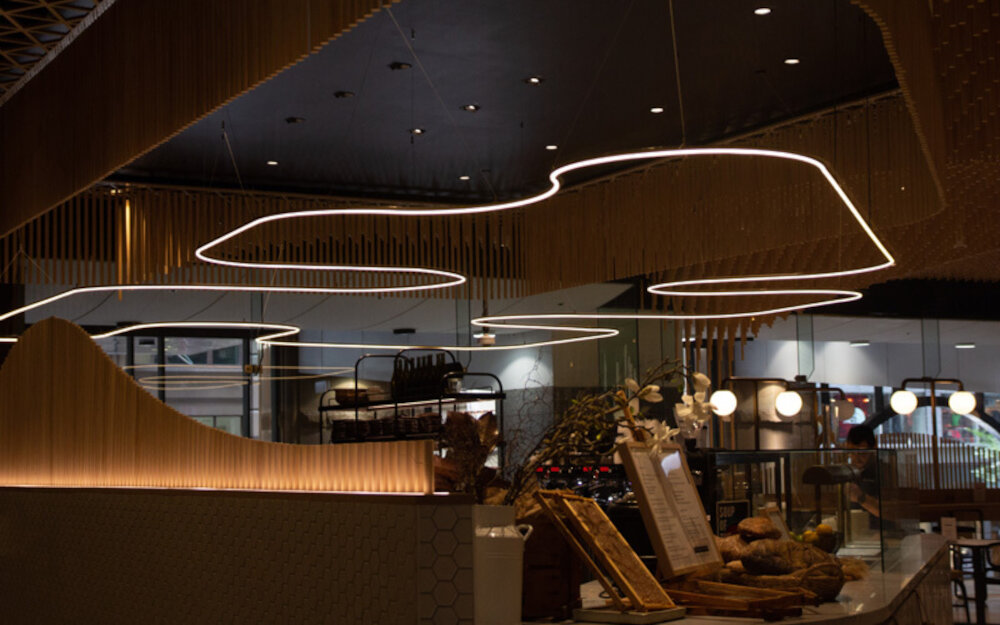
LED light bulbs are a great way to save energy and money on electricity bills. However, they do eventually reach the end of their lifespan and need to be disposed of properly. It is important to dispose of LED light bulbs safely and efficiently to reduce harm to the environment and avoid any potential risks to human health. One of the most important things to keep in mind when disposing of LED light bulbs is to never throw them in the regular trash. LED light bulbs contain several hazardous materials, including lead and mercury, which can be harmful to the environment and public health if they end up in landfills. Instead, consider recycling your LED light bulbs, as this is the most efficient and eco-friendly way to dispose of them. Another option for disposing of LED light bulbs is to take them to a hazardous waste disposal facility. These facilities are equipped to handle hazardous materials and will ensure that your LED light bulbs are disposed of safely and efficiently. Additionally, some retailers and manufacturers offer take-back programs for LED light bulbs, allowing customers to return their used bulbs for recycling or disposal. By taking advantage of these programs, you can ensure that your LED light bulbs are disposed of in a responsible and environmentally friendly manner. Ultimately, by taking the time to dispose of your LED light bulbs properly, you can help protect the environment and keep hazardous materials out of landfills, making the world a safer and healthier place for everyone.
LED light bulbs are a popular choice for their energy efficiency and longevity. However, when it comes to disposal, it is important to handle them with care as they contain small amounts of hazardous materials such as lead and arsenic. Recycling is the best option for disposing of LED light bulbs safely and efficiently. Some cities have special recycling programs for light bulbs, but if your area does not have such a program, you can contact your local waste management facility to inquire about their recycling options. It is important to note that LED light bulbs should not be disposed of in regular household trash as they can break and release hazardous materials into the environment. By recycling your LED light bulbs, you are not only protecting the environment but also helping to conserve valuable resources.
Before recycling LED light bulbs, it is essential to take a few precautions to ensure safety. First, turn off the power and let the bulb cool down for at least 15 minutes. Wear gloves and eye protection while handling the bulb to avoid any cuts or scratches. Next, remove the bulb from the fixture carefully, avoiding any damage to the bulb’s exterior casing. Then, place the bulb in a sturdy and sealed container, preferably with padding to prevent breakage. Label the container with \LED bulbs for recycling\ to ensure proper disposal. Finally, take the container to a recycling center that handles LED bulbs or contact your local waste management facility for guidance. Properly disposing of LED bulbs is crucial to protect the environment and promote sustainability.
When it comes to LED light bulb recycling, there are several options available. Many municipalities have specific recycling facilities that accept LED bulbs, and some big-box stores such as Home Depot and Lowe’s also offer recycling programs. Additionally, some electric utility companies may offer LED bulb recycling services to their customers. It’s also worth checking with local recycling centers to see if they accept these bulbs. In some cases, mail-in recycling programs may also be available, allowing individuals to send their used bulbs to specialized facilities. Regardless of the method chosen, it’s important to ensure that the bulbs are disposed of properly to minimize environmental impact and promote sustainability.
Alternative Disposal Methods
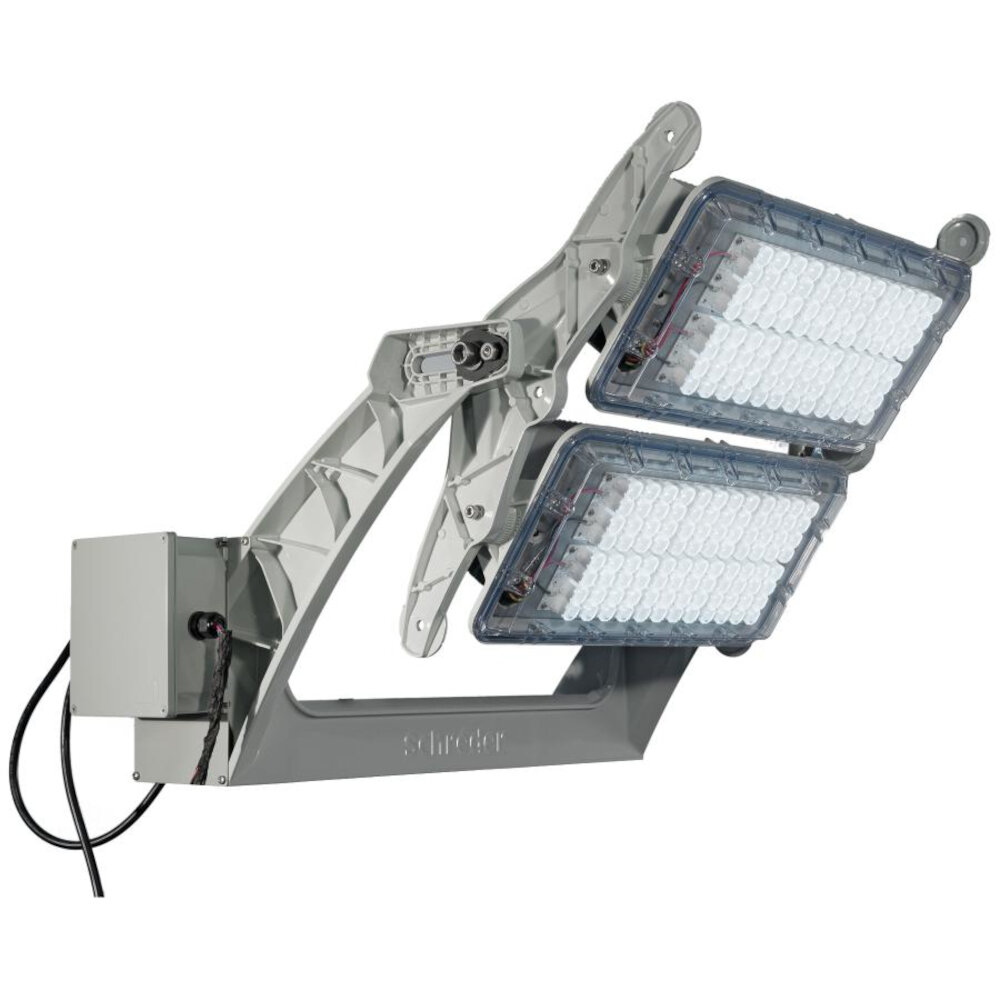
Alternative Disposal Methods for LED light bulbs are important to consider in order to reduce waste and promote sustainability. One option is to recycle the bulbs through a specialized program or facility. Many manufacturers and retailers offer recycling programs for their products, including LED light bulbs. These programs ensure that the bulbs are disposed of properly and that their components, such as glass, metal, and plastic, are recycled and reused. Recycling LED light bulbs not only reduces waste but also conserves natural resources and reduces greenhouse gas emissions associated with the production of new materials. Another alternative disposal method for LED light bulbs is to repurpose them. LED light bulbs can be repurposed for various creative and practical uses, such as crafting, home decor, and outdoor lighting. For example, old LED light bulbs can be turned into planters or vases, or used to create unique light fixtures. Repurposing LED light bulbs not only reduces waste but also adds a personal touch to your home decor and encourages creativity. By exploring alternative disposal methods for LED light bulbs, we can reduce waste and promote sustainability while also discovering new ways to repurpose and reuse everyday items.
Donating working LED light bulbs is an excellent option for those who want to dispose of their old bulbs responsibly. Many organizations, such as homeless shelters and community centers, are always in need of functional lighting solutions. By donating your LED bulbs, you not only reduce waste and environmental impact, but you also provide those in need with a valuable resource. Before donating, be sure to check with the organization to ensure they accept light bulb donations and that the bulbs are compatible with their fixtures. Remember, donating is a great way to give back to your community and make a positive impact on the environment.
Don’t throw away your nonworking LED light bulbs just yet! There are plenty of creative reuse ideas for them. One option is to turn them into decorative pieces by painting them and stringing them together to make a unique and eco-friendly chandelier. Another option is to repurpose them as planters by cutting off the top and filling them with soil and small plants. You can also use them as an educational tool by dismantling them and showing children how they work. Whatever your choice may be, be sure to dispose of them properly if they cannot be reused.
Proper disposal of broken LED light bulbs is crucial to prevent environmental contamination and protect human health. Unlike traditional incandescent bulbs, LED bulbs contain small amounts of toxic materials such as lead, arsenic, and mercury, which can harm the environment and people if not disposed of correctly. To dispose of a broken LED bulb safely, first, switch off the power supply and put on protective gloves to avoid any cuts or injuries. Next, carefully collect the broken pieces, place them in a sealed container or bag, and label the container as \broken LED bulb\ to alert waste collectors. Finally, dispose of the container according to local regulations or take it to a designated recycling center for proper disposal. By following these steps, we can ensure that LED bulbs are disposed of safely and efficiently, reducing the risk of harm to the environment and people.
Proper disposal of LED light bulbs is crucial to ensure the safety of the environment and human health. LED bulbs contain hazardous materials, such as lead, arsenic, and mercury, that can be harmful if not disposed of correctly. When these bulbs end up in landfills, they can release toxic substances into the soil and groundwater, leading to contamination. Additionally, improper disposal can expose waste management workers to these hazardous materials, putting their health at risk. Therefore, it is essential to dispose of LED bulbs safely and efficiently through recycling programs or designated collection sites to prevent environmental and health issues.
In conclusion, safe and efficient disposal of LED light bulbs is crucial to protect the environment and human health. It is important to remember that LED light bulbs contain hazardous materials like lead, mercury, and arsenic, which can cause serious harm if not disposed of properly. Therefore, it is recommended to recycle them at a proper facility that handles e-waste. Also, it is advisable to avoid throwing them in the trash or regular recycling bin as they can break and release toxic substances. By following these simple steps, we can reduce the negative impact of LED light bulbs on the environment and preserve our planet for future generations.
Conclusion
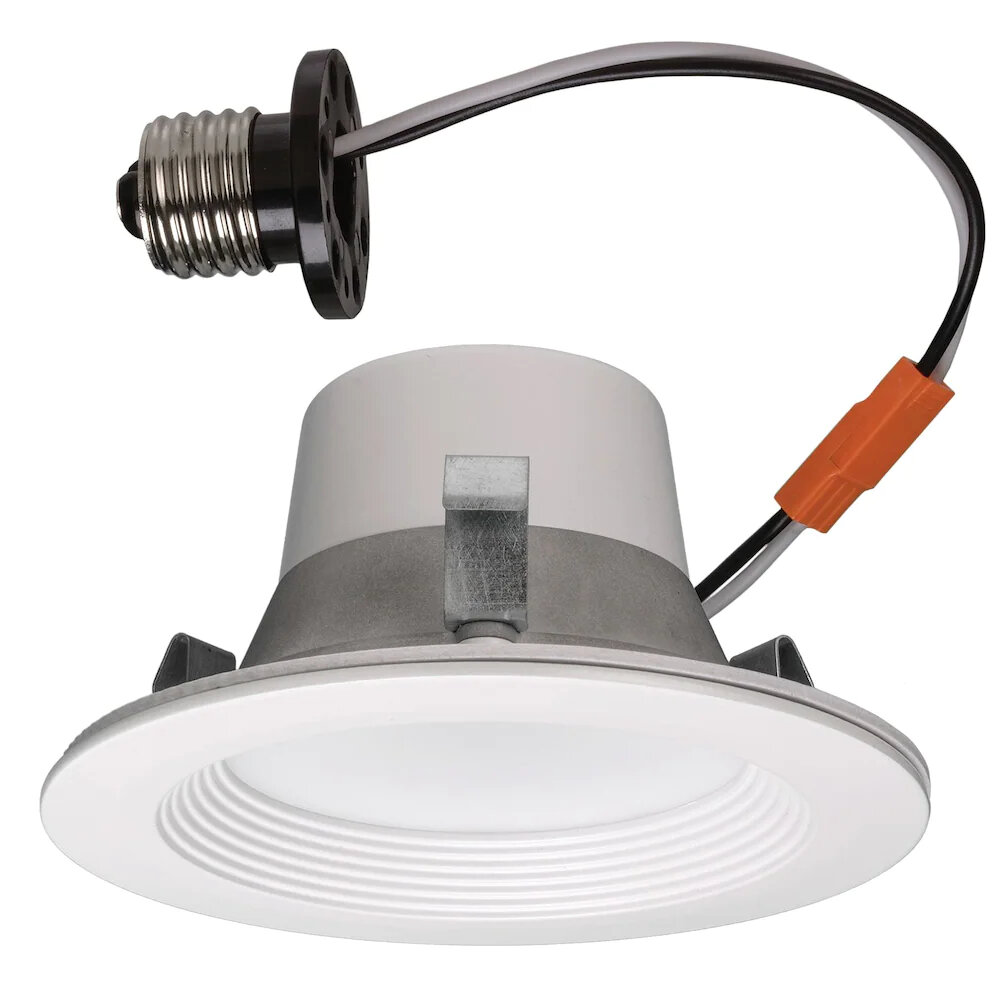
In conclusion, it is essential to understand the safe and efficient disposal methods of LED light bulbs to protect the environment and human health. LED bulbs are the future of lighting technology, and their increasing usage demands proper waste management strategies. Recycling, donating, or disposing of LED bulbs in a designated hazardous waste facility are some of the recommended disposal methods. It is also important to follow the instructions provided by the manufacturers to ensure safe handling and disposal. By adopting these practices, we can contribute to a cleaner and sustainable future for generations to come. Let us take responsibility and make a positive impact on our environment.

